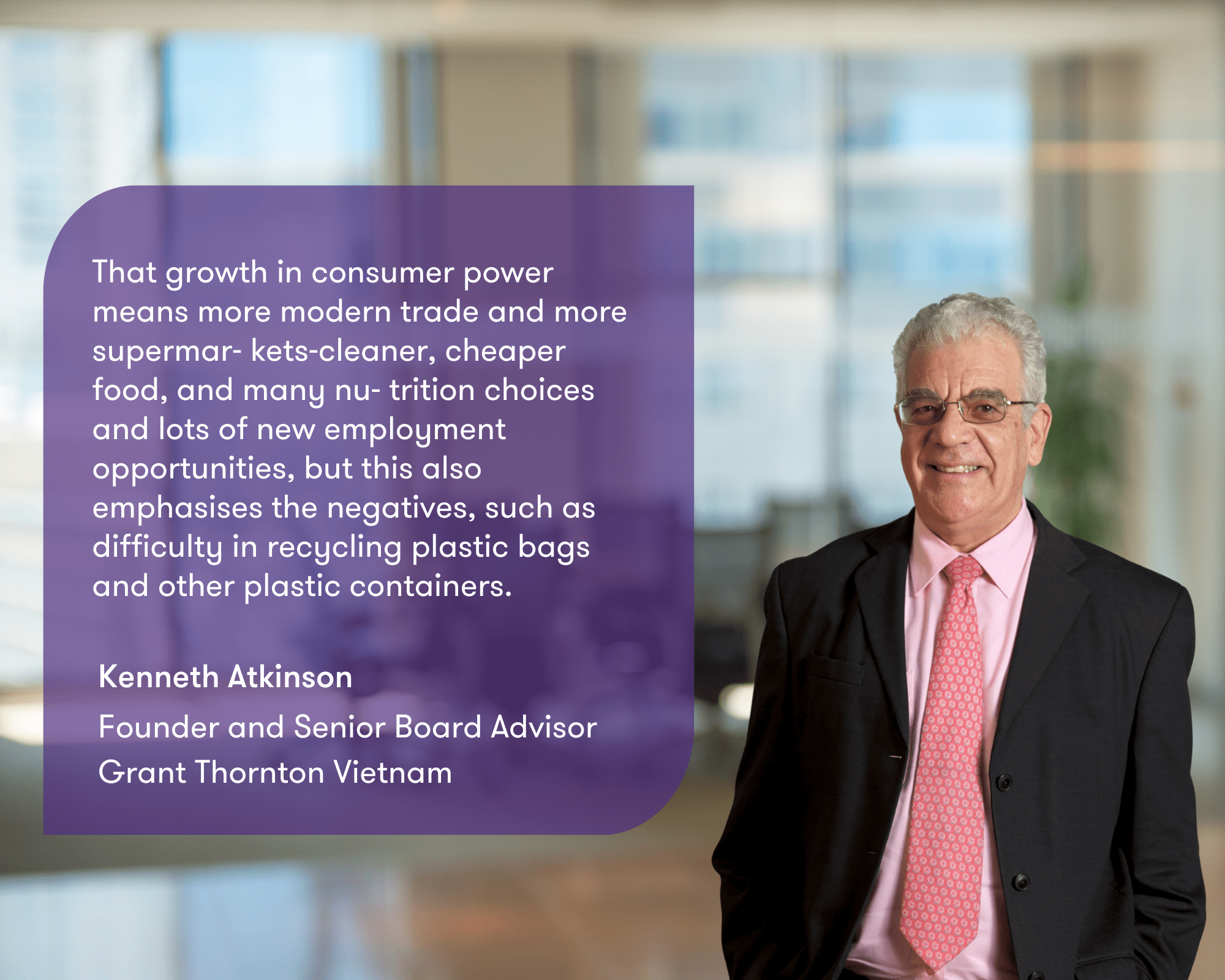-
International Financial Reporting Advisory Services
IFRS reporting advisory serivces of Grant Thornton are carried out by our dedicated team with expertise in IFRS implementation.
-
Audit Services
• Statutory audit • Review of financial statements and financial information • Agreed-upon procedures • FRAS services • Compilation of financial information • Reporting accountant • Cross-border audit • US GAAP audit
-
Audit Quality
We have various methods of monitoring our system of quality control and engagement quality, including real-time involvement of coaches and national office personnel on select audit engagements, reviews of issuer audit engagements prior to archiving by someone outside of the engagement team, and internal inspections of assurance engagements and the system of quality control.
-
Audit Approach
Audit Approach
-
Licensing services
Licensing services
-
International tax planning
Our extensive international network provides us with significant resources to meet all your expansion goals. We strive to develop commercially focused and tailored tax strategies to minimise tax exposures and maximise business efficiency.
-
Expatriate tax planning
We have a broad knowledge base and skills to assist you keep your personal income taxes to a legitimate and reasonable level, while remaining compliant with legislation. We can develop a personalised package for each key employee to take maximum advantage of the exemptions and incentives available.
-
Tax advisory
We will review the proposed business model and transactions and advise on tax implications and recommendations to optimize the tax opportunities under the local regulations and treaties which Vietnam entered into. Furthermore, we coordinate with our GT global tax team to provide a comprehensive tax advisory for the countries involved in the business model and transactions.
-
Tax compliance services
This service is designed to assist enterprises to cope with the statutory tax declaration requirements in line with the Vietnamese tax laws as well as the frequent changes and updates in tax laws.
-
Tax health check
Our Tax Health Check involves a high-level review of specific tax areas to highlight the key issues that need to be rectified in order to reduce tax risks. Through our extensive experience, we have identified key risk areas in which many enterprises are not fully compliant or often overlook potential tax planning opportunities. Our tax health check service represents a cost-effective method to proactively manage risks and reduce potential issues arising as a result of a tax inspection.
-
Transfer Pricing
Transfer pricing is a pervasive tax issue among multinational companies. In Vietnam, the tax authorities require special documentation to report related party transactions. Compliance with transfer pricing regulations is an important aspect of doing business effectively in Vietnam as failure to do so may result in significant penalties.
-
Tax due diligence
We conduct tax due diligence reviews of target companies to analyse their tax exposure and position in relation to acquisitions, mergers or consolidations. We are able to integrate this service with our Advisory Services department in order to offer a comprehensive, holistic due diligence review.
-
Customs and international trade
Our experienced professionals can help you manage customs issues more effectively through valuation planning and making use of available free trade agreements. We also assist Clients in optimising their customs procedures by making use of potential duty exemptions and efficient import-export structures. Risk mitigation activities include customs audit defense and compliance reviews.
-
M&A Transaction
We advise numerous foreign investors on efficient tax structures for their investments. Our experience allows you to consider all the options and set up a corporate structure that meets both operational and tax efficiency requirements. In short, the structure that is best for you.
-
Industrial Zones – Picking A Location For Your Business
Grant Thornton Vietnam’s one-stop services are designed to provide comprehensive support to both new and current investors who are planning to expand or restructure their business in Vietnam. Our professionals have established strong working relationships with landlords, property developers and authorities at various localities. With extensive experiences in liaison with the relevant agencies, we offer assistance including negotiation on land rental rates and efficient management of licensing process. Our customized and flexible solutions can bring benefits of cost efficient location, accelerate licensing process, and optimize tax opportunities while remaining in compliance with legislation.
-
Tax Audit Support
Tax audit support services provide comprehensive assistance to your business in Vietnam. Recent tax practices have shown the general tendency of launching routine tax audit on yearly basis. Tax authorities have been effectively using more sophisticated methods to identify target entities from across different industry sectors.
-
Business Risk Services
Business Risk Services
-
Transaction Advisory Services
Transaction Advisory Services
-
Valuation
Valuation
-
Business consulting services
Finance Management Advisory
-
Accounting services
Accounting services
-
Taxes compliance within outsourcing
Taxes compliance within outsourcing
-
Payroll, personal income tax and labor compliance
Payroll, personal income tax and labor compliance
-
Secondments/Loan staff services
Secondments/Loan staff services
-
Compilation of the financial and non-financial information
Compilation of the financial and non-financial information
-
Accounting systems review and improvement
Accounting systems review and improvement
-
Initial setting-up for accounting and taxes systems
Initial setting-up for accounting and taxes systems
-
Management accounting and analysis
Management accounting and analysis
-
Comprehensive ERP system solution
ERP software is a tool for business operations, production management, order processing and inventory in the business process. Today, ERP software for small and medium businesses has been greatly improved to help businesses manage their business better. The article below will answer all relevant information about what ERP software is and offer the most suitable ERP solution for businesses. Let's follow along!
-
Analyze Business Administration data
We believe in the value that data can bring to the success and development of every business. Our team helps design data architecture supported by tools, to support business governance and provide useful information to management.
-
Financial reporting compliance solution package
Putting financial issues at the heart, this service helps ensure that financial reports for customers comply with both the requirements of Vietnamese accounting regulations and standards (VAS) as well as reporting standards. international finance (IFRS).
-
Third-party ERP extensions
ERP is a long-term solution that requires long-term travel, not short-term. We understand that many businesses cannot deploy the entire ERP system at once due to many different reasons, instead businesses can deploy each part. Over time, these solutions can be expanded to accommodate improved business processes or can even link completely new processes across different departments.
-
Localize, deploy and rebuild the project
Quite a few ERP projects need to be implemented according to current Vietnamese requirements and regulations, but still comply with common international business requirements. These projects need some improvements and adjustments in the right direction.
-
Consulting on technology solutions
We support the selection and implementation of the most suitable solutions, ensuring business efficiency and performance. We will work closely with customers to plan, evaluate and implement the right technology investment strategies and solutions to meet the development needs of businesses.

-
Offshore company establishment service
Using the offshore company model will facilitate the owner in the process of transaction and expand overseas markets, take advantage of the tax policy with many incentives and protect the value of the family enterprise's assets.
-
Private Trust Advisory
The development of the economy with many modern financial instruments has brought many advantages and opportunities for the enterprises, but there are still certain potential risks in any type of business. So how to protect your asset value with an appropriate company structure while stay compliance with relevant regulations?
-
Our values
We have six CLEARR values that underpin our culture and are embedded in everything we do.
-
Learning & development
At Grant Thornton we believe learning and development opportunities help to unlock your potential for growth, allowing you to be at your best every day. And when you are at your best, we are the best at serving our clients
-
Global talent mobility
One of the biggest attractions of a career with Grant Thornton is the opportunity to work on cross-border projects all over the world.
-
Diversity
Diversity helps us meet the demands of a changing world. We value the fact that our people come from all walks of life and that this diversity of experience and perspective makes our organisation stronger as a result.
-
Contact us
Contact us
-
Available positions
Experienced hires
-
Available positions
Available positions
Economic development has always been associated with urbanisation and this should be put into context. In 1950, the world had only reached an urbanisation rate of 30 percent, and 2007 was the first year when more than half the world's population had moved to live in cities. In Vietnam, the level of urbanisation is reported at 38 percent, which is the same rate as Europe was at the end of World War II.
China, on the other hand, was at this level in 2000 and has since doubled. In doing so, China has added twice the number of homes in the United Kingdom and Spain and the same number of Japanese homes. This constitutes the largest pouring of concrete in the history of our planet. hol
There might be some weaknesses in the real estate market today, but Vietnam will build more houses and the cities will grow rapidly increasing efficiency, employment prospects, health, and economic growth. Above $3,000 per capita income is recognised as an inflection point for growth and China doubled from this level in just five years, and Vietnam has now reached the level of $4,000 per annum.
That growth in consumer power means more modern trade and more supermar- kets-cleaner, cheaper food, and many nutrition choices and lots of new employment opportunities, but this also emphasises the negatives, such as difficulty in recycling plastic bags and other plastic containers.
From this, we can see Vietnam is a country that offers many opportunities for environmental, social, and governance (ESG) investing.
Since Vietnam's net-zero commitment made in 2021, there has been an increased focus on sustainability and ESG particularly around energy and emissions.
This sustainability will ultimately be driven by companies, investors, lenders, and by the consumer.
The global growth model is proving to be unsustainable, as we are faster consuming our resources than we can then grow them back. There is no doubt that running a profitable business has become increasingly complex.
ESG has become a new standard in non-financial reporting and if we want to discuss the future, then we need to be aware that there is only one future that is acceptable: a sustainable one said Bruno Jaspaert CEO of Deep C Industrial Zones.
There is a strong business case for sustainability, as research has shown that 80 percent of mainstream investors consider sustainability information within investment decisions; half of consumers are willing to pay a premium for products from a sustainable brand; 40 percent of millennial jobseekers selected one job over another because of an organisation's sustainability practices; and 70 percent of employees report that their company's strong sustainability ability programme impacts their decision to stay with it long term.

Organizations commonly refer to the United Nations' Sustainable Development Goals to identify the sustainability issues that are key to their business. Aligning to these goals can help prioritise areas to ensure maximised impact.
So what can companies do to enable them to remain sustainable and meet the demands of the various stakeholders? The first step is for companies to determine which sustainability aspects are material to their business, and the good news is that there are international frameworks to help with this critical task
A four-pillar matrix is a good starting point covering ESG and economics, and the aforementioned frameworks will help identify material topics. A materiality analysis is also a recommended tool which helps analyse likely future trends and regulation, the external factors, stakeholders, and their requirements and the business model. Materiality needs to be approached from two perspectives the opportunities to positively impact society and the risks of negatively impacting society.
So what is the business case for e-bracing ESG? Placing the organisation in a broader context; identifying opportunities and managing harmful developments in time; proactive and open communication to strengthen the brand; and high quality and long-term sustainable governance in order to attract capital.
A sustainable perspective also builds better relationships and keeps the organization up to date on the demands from the external environment, while also engaging new talent and increasing productivity through motivated employees.
Looking more broadly at Asia-Pacific, climate change is projected to hit Asia hardest; the region is lagging in sustainability efforts compared to the rest of the developed world; whilst the appetite for sustainable investing in Asia-Pacific is creeping up.
Craig Martin, chairman of Dynam Capital, recently said, "As a long-term adherent to responsible investing, we use ESG as a tool to manage risk and help enhance investment returns. There are more than 1,600 public companies in Vietnam, and we need to filter those to get a portfolio of 20-30. An ESG screen is one of the ways to sort the great companies from the good, or the good companies from the bad."
Discussing ESG issues with portfolio companies can also reveal a lot about how they think about their own investment strategy, priorities, and values.
So the message to companies is more and more investors are looking for sustainability. Ultimately, unless companies implement a strong ESG framework that is both measurable and reportable, the opportunities to attract investment will diminish perhaps faster than we think.
Lenders, particularly international organisations, are similarly looking to lend to companies with long-term ESG plans and frameworks and those that measure and report reliably. At the current time, green financing can attract more favourable terms and in the long term, companies without good ESG policies and reporting will find it increasingly difficult to borrow. In addition, the regulatory environment is also moving to more accountability.
Vietnam already has some reporting requirements for public and joint stock companies, and these will increase as the country moves to IFRS standards adoption. Currently, they include a requirement for information about governance structure, business organisation, and management apparatus, as well as details of sustainable development goals and key programmes related to short- and medium-term goals.
Companies are required to state the risks that may affect production and business activities or the implementation of the company's goals, including environmental risks, natural disasters, epidemics, and more.
Management's reports and assessments must include the assessments related to environmental criteria; assessments related to employee issues and corporate responsibility to the local community; and assessments from the board of directors on company operation (for joint-stock companies), with an assessment related to environmental and social responsibility.
The company's environmental and social impact reports must include information on aspects such as direct and indirect greenhouse gas emissions; raw material sourcing management; energy and water consumption; compliance of law on environmental protection; and green capital market activities under the guidance of the State Securities Commission, which also encourages businesses to apply international reporting standards in sustainability reporting. ESG investing is not only a moral duty, but also a smart choice for both companies, institutional investors, and lenders who want to invest and lend in Vietnam.
Source: Vietnam Investment Review





